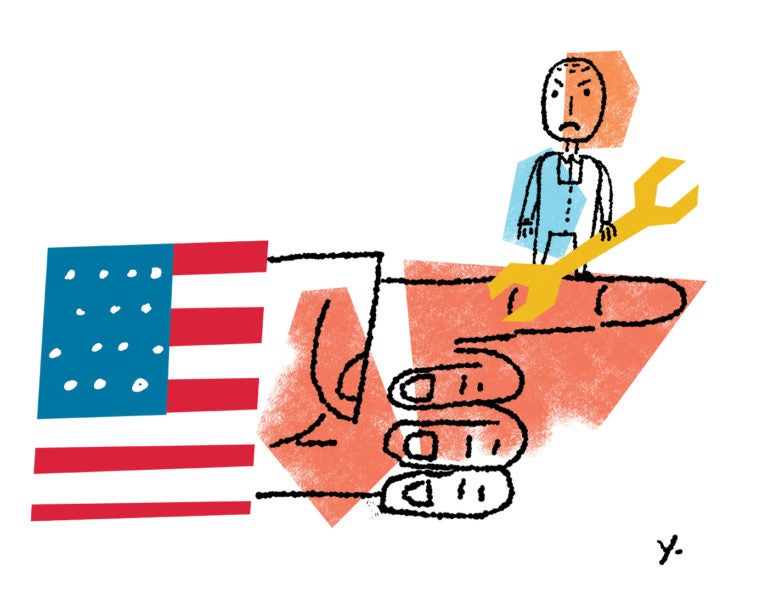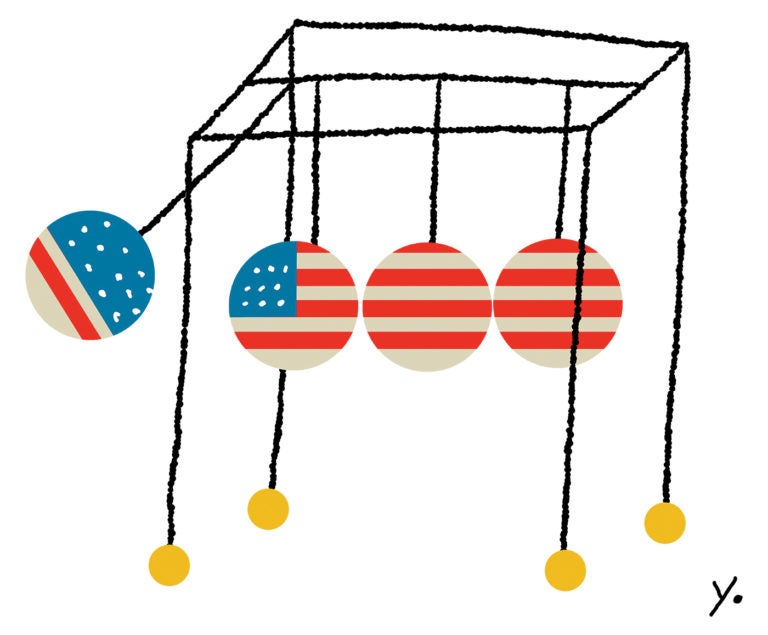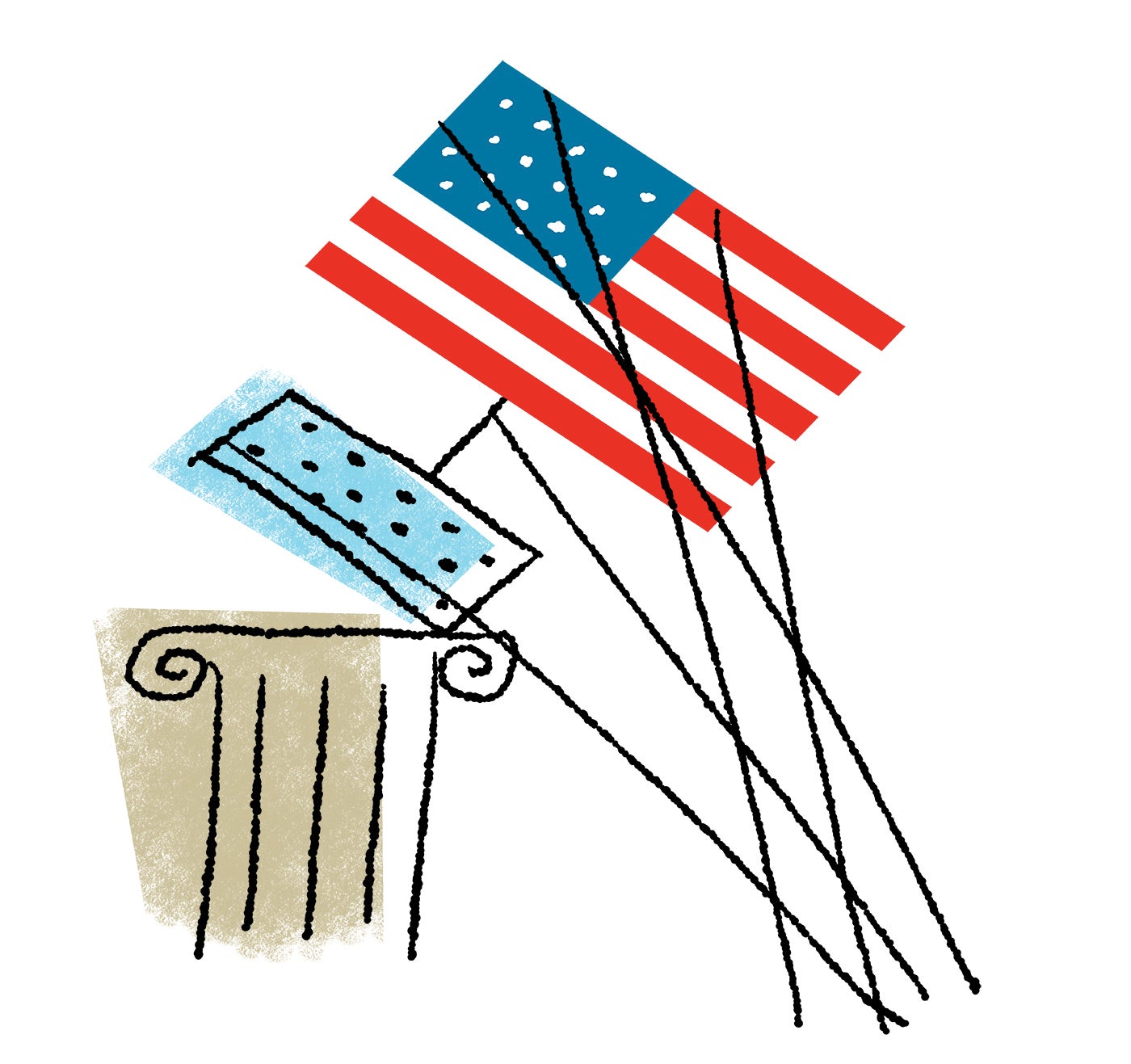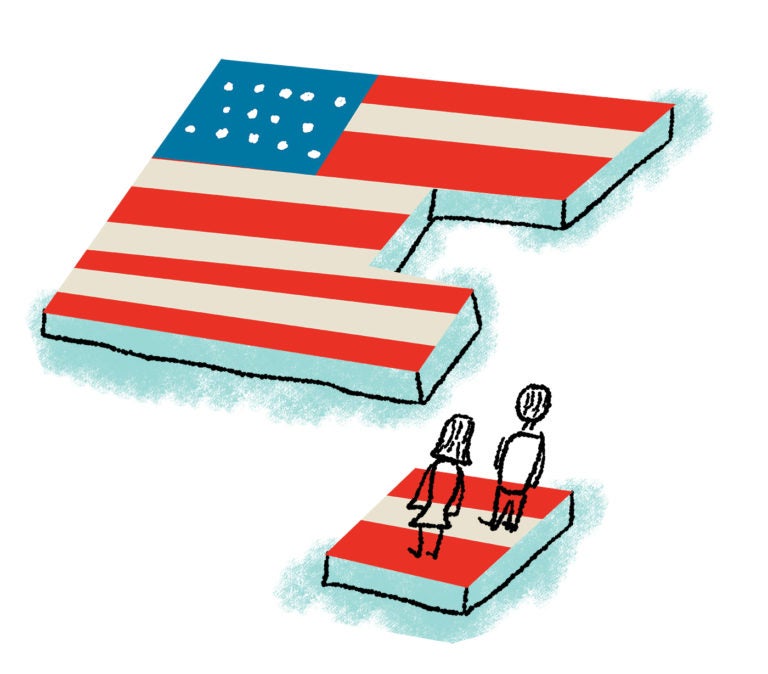“Algorithmic Price Discrimination: When Demand Is a Function of Both Preferences and (Mis)Perceptions”
By Professor Oren Bar-Gill LL.M. ’01 S.J.D. ’05
Forthcoming in the University of Chicago Law Review, Vol. 86
“To maximize profits, sellers like to engage in price discrimination—to set higher prices for consumers who are willing to pay more and lower prices for consumers who are willing to pay less. In the past, such price discrimination was limited to coarse categories, e.g., setting higher prices for business travelers and lower prices for leisure travelers. No longer. Fueled by big data, algorithmic price discrimination is able to parse the population of potential customers into finer and finer subcategories—each matched with a different price. In some cases, sellers are even able to set personalized pricing, marching down the demand curve and setting a different price for each consumer.
“A recent study found that many retailers and travel sites set personalized prices that vary by hundreds of dollars from one consumer to the next. Indeed, new players, intermediaries, are appearing with the express purpose of identifying consumers’ willingness to pay and selling this information to retailers who then use it to price discriminate.
“Price discrimination is based on the ability to identify the consumer’s willingness to pay (WTP). Indeed, the concept of WTP is central to any discussion of price discrimination. And yet the richness and subtlety of this concept has not been fully recognized. Standard accounts of price discrimination assume, often implicitly, that a consumer’s WTP is derived entirely from that consumer’s preferences (and budget constraint). …
“This view of WTP, I argue, is too narrow. In addition to preferences, a consumer’s WTP is affected by the consumer’s perceptions or misperceptions. …
Sellers can parse the population of potential customers and set personalized pricing for each.
“A more complete understanding of WTP as a product of both preferences and (mis)perceptions has significant positive and normative implications. In the standard model, where WTP reflects only preferences, price discrimination harms consumers, but increases efficiency. Consumers are harmed, since the seller—monopolist or any seller with sufficient market power to engage in price discrimination—extracts the entire surplus by setting a price that is just below each consumer’s WTP. Efficiency is increased, because price discrimination eliminates the monopoly deadweight loss. … When WTP reflects both preferences and misperceptions, specifically demand-inflating misperceptions, price discrimination hurts consumers even more and might also reduce efficiency. The harm to consumers increases, since consumers pay a price that is equal to their perceived benefit, which exceeds their actual benefit. While in the standard model consumers are left with no gain, here consumers suffer an actual loss. Efficiency is also compromised, because price discrimination combined with overestimation leads consumers to purchase products when the cost of production exceeds the actual benefit (but not the higher, perceived benefit). With a larger distributional cost and a smaller efficiency benefit, or even an efficiency cost, the case for legal intervention becomes much stronger. …
“Personalized pricing … requires a policy response. And while existing legal frameworks can be used to combat price discrimination, the most promising or, at least, the most intriguing policy response would fight personalized prices with personalized law. Personalized price caps and personalized disclosure can effectively reduce the adverse effects of price discrimination by curbing sellers’ ability to set prices above consumers’ true, preference-based WTP. When the market employs personalization, regulators should fight fire with fire and seriously explore the potential of personalized law.”
“The Government Could Not Work Doctrine”

By Assistant Professor Nikolas Bowie ’14
Forthcoming in the Virginia Law Review, Vol. 105, No. 1
“The Supreme Court has recently declared that it is presumptively unconstitutional for the government to compel individuals to do or pay for things to which they have religious or political objections. Last Term, the Court applied this declaration to uphold the First Amendment arguments made by public-sector employees, and it appears poised to vindicate similar claims by religious objectors to antidiscrimination laws in the future. But this declaration is wrong. Indeed, throughout American history—from the Articles of Confederation through Lochner v. New York and Employment Division v. Smith, the Court itself has repeatedly rejected the notion that compulsory laws, in and of themselves, are presumptively unconstitutional.
“This Article offers a novel examination of the history of challenges to compulsory laws inside and outside the context of the First Amendment. For centuries, the Supreme Court has faced hundreds of challenges to objectionable taxes, objectionable drafts, objectionable regulations, and objectionable funding conditions. With few exceptions, the Court has responded that the ‘government could not work’ if it lacked the power to compel people to do things to which they objected. Although the Constitution prescribes many specific limits on the powers of the federal and state governments, the Constitution’s very purpose was to create a union that had the power to compel political minorities to accept the will of a political majority. Such a union would be incompatible with a governing document that prohibited officials from compelling people to take any action to which they religiously or politically objected—even when those objections were sincerely held.”
“The Long Resistance”

By Professor Tomiko Brown-Nagin, Dean, Radcliffe Institute for Advanced Study
Law and History Review, Vol. 36, No. 3 (2018)
“We are living in an age of political turbulence, social division, and resistance. The resistance that formed in reaction to the election of Donald Trump styles itself a force to defend constitutional rights, democratic norms, and the rule of law in the United States. …
Putting today’s social division and activism in context of the long arc of U.S. history
“I agree that the millions-strong nationwide protests, the array of state and locally based efforts to win back electoral power—and the subject of the furor, Donald Trump—are remarkable in many ways. Nevertheless, it seems to me that we—as citizens and as scholars—ought to contextualize and historicize this moment with a view toward assessing where it stands in the long arc of American history. …
“Many writers have turned to the Tea Party to describe this moment. … I find this analogy curious and mostly inapt. I see the current Resistance in relation to activism that stretches back to the anti-World Trade Organization (WTO) protests, Occupy Wall Street, the fight for a $15 minimum wage, the Movement for Black Lives, and the scattered protests against the Affordable Care Act (ACA) that preceded the Tea Party.
“All these recent protests were reactions, in part, to structural economic and political inequalities: disparities linked to the global flow of trade and people. Joseph Stiglitz, the Nobel Prize-winning economist, warned us that the capture and corruption of the political system by moneyed interests could create profound instability. That movement has arrived: backlash against structural economic and political inequality is the tie that binds contemporary movements on the Right and the Left.
“What is more, the recent movements are connected conceptually to the unfinished business of the mid-twentieth-century resistance movements for labor, civil and women’s rights—movements that, in turn, tackled unresolved eighteenth- and nineteenth-century conflicts over social and economic inequality—the subjects of the abolitionist, suffrage, and progressive movements. Altogether, these movements struggled to uproot Founding era commitments to property rights over human rights, while affirming Founding and Reconstruction era promises of liberty and equality. Therefore, far from being only or even mostly about the present occupant of the White House, the current Resistance reflects a long and contentious struggle over the nature of the American social contract itself.”
“Strengths Become Vulnerabilities: How a Digital World Disadvantages the United States in Its International Relations”

By Professor Jack Goldsmith and Stuart Russell
Aegis Paper Series No. 1806 (a Hoover Institution essay) (2018)
“The Roman Empire’s multi-continent system of roads effectuated and symbolized Roman military, economic, and cultural power for centuries. Those same roads were eventually used as a pathway for the Goths to attack and destroy the empire. The Internet and related digital systems that the United States did so much to create have effectuated and symbolized U.S. military, economic, and cultural power for decades. The question raised by this essay is whether these systems, like the Roman Empire’s roads, will come to be seen as a platform that accelerated U.S. decline.
“We are not so foolish as to predict that this will happen. But this essay does seek to shine light on the manifold and, in the aggregate, underappreciated structural challenges that digital systems increasingly present for the United States, especially in its relations with authoritarian adversaries. These problems arise most clearly in the face of the ‘soft’ cyber operations that have been so prevalent and damaging in the United States in recent years. …
“Our central claim is that the United States is disadvantaged in the face of these soft cyber operations due to constitutive and widely admired features of American society, including the nation’s commitment to free speech, privacy, and the rule of law; its innovative technology firms; its relatively unregulated markets; and its deep digital sophistication. These strengths of American society create asymmetrical vulnerabilities in the digital age that foreign adversaries, especially in authoritarian states, are increasingly exploiting. … We do not claim that the disadvantages of digitalization for the United States in its international relations outweigh the advantages. But we do present some reasons for pessimism about the United States’ predicament in the face of adversary cyber operations.”
“Does Intellectual Property Need Human Rights?”
By Professor Ruth L. Okediji LL.M. ’91 S.J.D. ’96
New York University Journal of International Law and Politics, Vol. 50, No. 1 (2018)
“One reason we employ human rights frames is to challenge the rules that limit or deny opportunities for human flourishing. The intensity of the [intellectual property]/human rights interface has increased because the welfare considerations animating concerns over IP are no longer limited to the developing or least-developed world. In addition to mounting concerns over access to medicines and healthcare in the developed countries, the pervasive reach of digital technologies has fundamentally altered the nature and range of individual choices and the exercise of individual freedoms in all societies. Resort to arguments and methods steeped in the human rights framework have become important as a universal language uniting opposition to the excesses of the IP system. It would appear, then, that the IP/human rights interface is poised to become even more influential given the shared interests of citizens across the globe as they relate to the power wielded by IP owners over knowledge goods that are fundamental to living meaningful lives. But this influence tends to privilege values and concerns that resonate in the developed world; the current IP/human rights interface cannot deliver sustained welfare outcomes for developing and least-developed countries.”
“Indian Nations and the Constitution”

By Professor Joseph William Singer ’81
Maine Law Review, Vol. 70, No. 2, Article 3 (June 2018)
“There are two things every American should know about Indian nations and the Constitution. First, the good news: compared to other constitutions around the world, our Constitution is remarkably protective of the sovereignty of Indian nations. In some ways, our Constitution has created a system that is more protective of tribal sovereignty than any other nation in the world. Second, the bad news: our Constitution has been interpreted over time in ways that betray its most fundamental democratic values. The Supreme Court has allowed the U.S. government to deny basic constitutional rights for Indians that it confers to non-Indians. It has interpreted the Constitution to enable the United States to engage in conquest. The Supreme Court has itself engaged in acts of conquest by limiting tribal sovereignty without any legislative or constitutional authority to do so. Americans need to know both the good and the bad. We must be aware of the ways the law unjustly oppresses Indians and Indian nations, but we must be equally aware of the ways the law protects and affirms their equal worth and dignity.”
